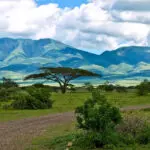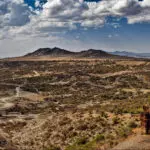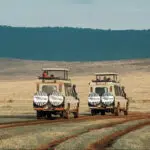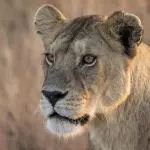Tanzania’s low season is defined by two periods – the first is April through May, the long rainy season. The second is November through mid-December, the short rainy season. These two periods coincide with the lull in outbound travel from the western hemisphere when key tourist markets, like the USA, are experiencing non-vacation seasons. The low season offers a lot of gems and is a favorite safari time among safari aficionados. Following are the reasons why.
(If you’re ready to begin planning your very own adventure, explore our African Safaris in Tanzania.)
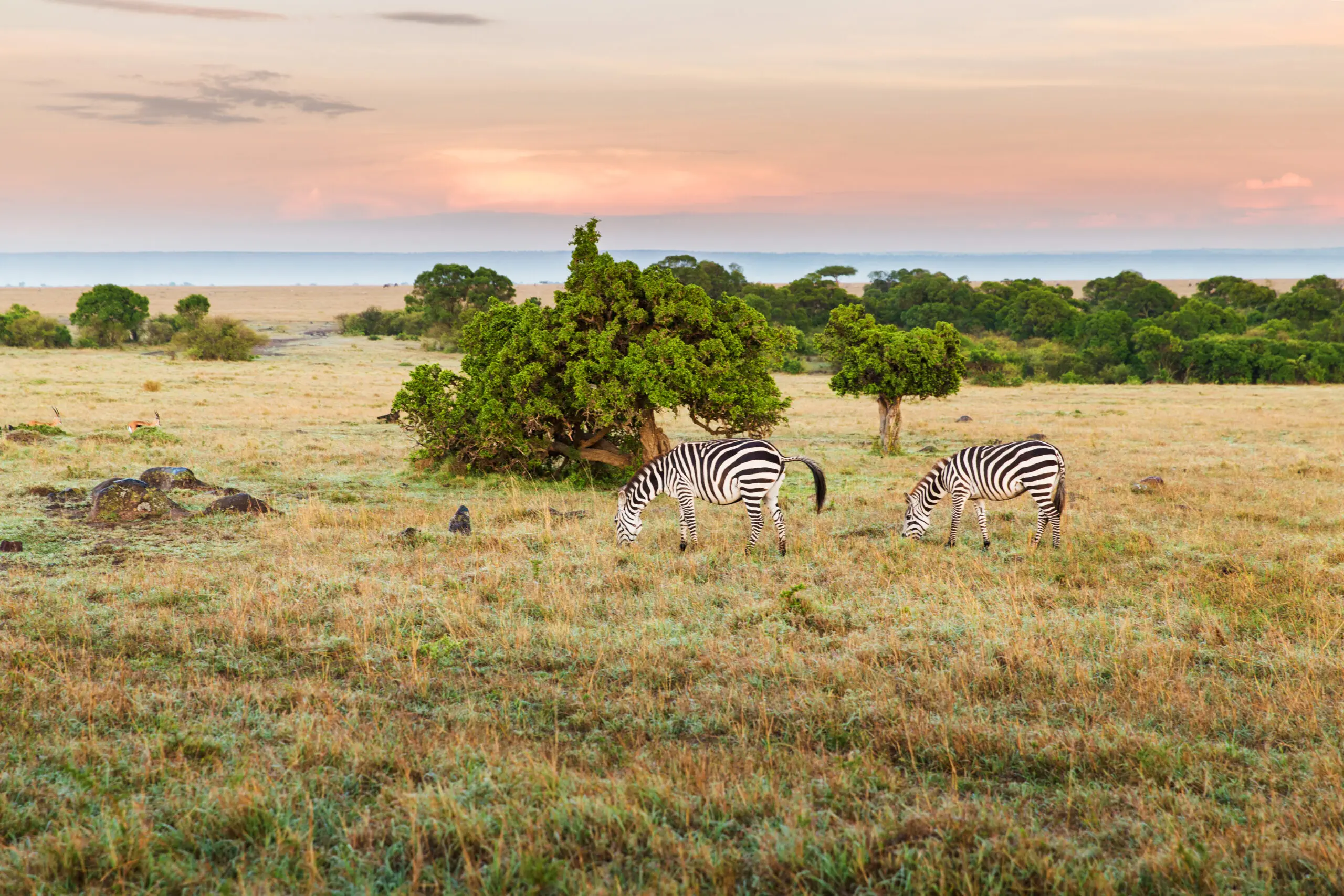
1) Tanzania in low season means great value for money
Significant savings can be scored during this time of the year. Different tourism segments in Tanzania have lower rates, including the national parks and accommodation properties, leading to 10-30% savings. International airfare also tends to be much less expensive, with up to 50% savings.
2) Safaris free of crowds
Low tourist numbers mean low volumes inside the national parks and a more peaceful and exclusive experience for you!
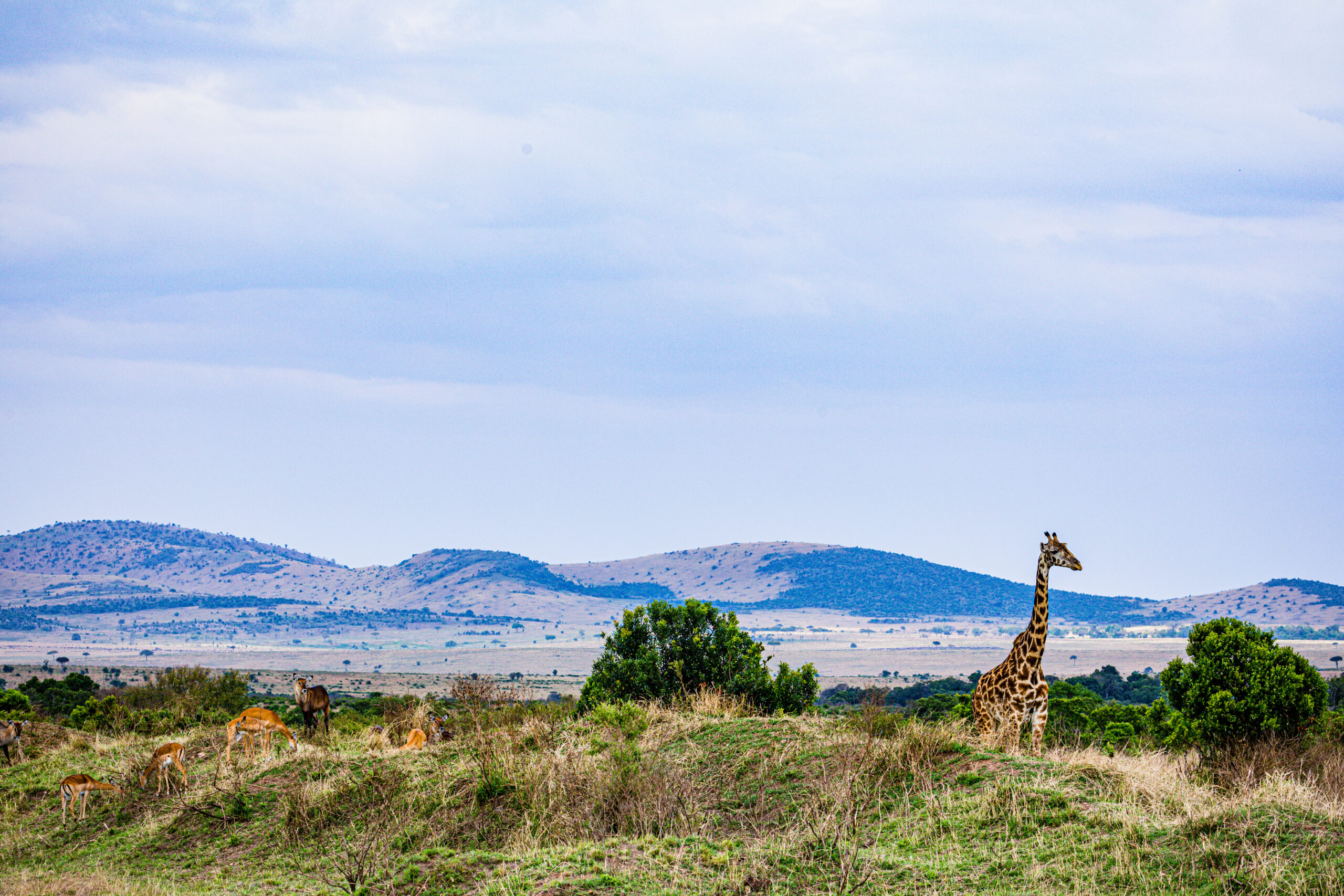
3) Prolific wildlife sightings abound with off-season Tanzania travel
Psst psst… the wildlife exists all year round. The onset of the rains brings the promise of food and water, so the parks come alive with new young – calves, cubs, puppies, piglets, and everything in between.
(Looking for a short tour that showcases some of Tanzania’s most marvelous wildlife? Check out our 3-Day Taste of Wildlife Guided Tour in Tanzania.)
4) Special photographic opportunities
The rains are patchy and rarely a perpetual downfall, coloring the savannah a viridescent green. The season brings a dramatic and moody sky, lush savannah grasslands, and flowering buds, all spectacular backdrops for photography.
5) Low season in Tanzania means cooler weather
Tanzania’s climate generally offers warm and tropical weather throughout the year. The low season offers cooler weather, with highs of 84 ͦF/28 ͦC and lows of 55 ͦF/12 ͦC. You will need warm clothes (e.g., a heavy sweater, a warm hat, and pants) in high-altitude areas like Ngorongoro Crater.
6) Unique experiences
The green season is a time of bounty for fresh grasses and insects, which attract migratory bird species. Two examples are the Amur falcon, which migrates from China, an estimated 22,000 km annually, and the Northern Wheatear, which migrates from Alaska, an estimated 15,000 km journey.
The Wildebeest Migration is also expected to be in Tanzania’s south-central Serengeti ecosystem, which has just finished the calving and rutting season by March. Here, the herds give birth, and a new generation is born; here, the cycle is reborn with new life.
7) Booking flexibility
With lower tourist numbers, there is much more lodge availability, so you don’t have to book far in advance. Furthermore, many properties offer longer stay deals, such as staying 4 nights and paying for 3. While some smaller tented camps close during this season for maintenance and repair, many others stay open
8) Low-season travel supports the local economy
Traveling during the low season helps to support the local economy when there is a lull in the industry, providing much-needed employment to those who rely on tourism. You can be assured of genuine, warm smiles from the communities you visit during your trip.
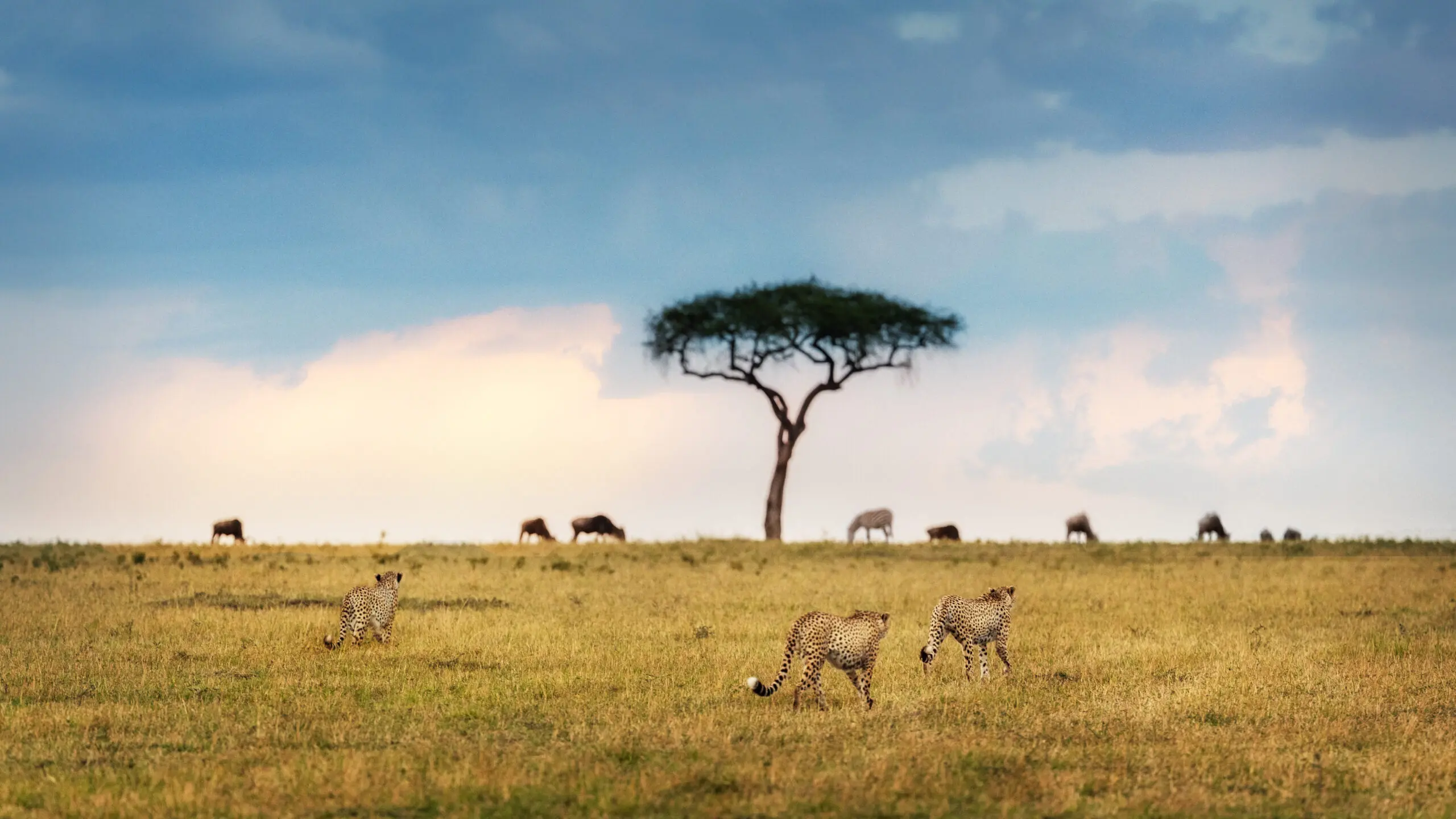
9) Support sustainability
The low season is a time when tourism is more responsible. Big crowds impact the environment, so traveling at a less crowded time helps to preserve these precious lands. Furthermore, the rains make more water sources available for wildlife, spreading them throughout the parks and therefore spreading visitors over a wider area. You will also stay in lodges that are being underutilized, making use of resources that already exist.
Contact Your Trip Expert now to start planning the trip of a lifetime.
FREQUENTLY ASKED QUESTIONS:
What is the best time of the year to do an African luxury safari in Tanzania?
June to October are popular months for a safari to most East African countries. It is the dry season during which wildlife tends to gather around the scarce water sources. These are also the cooler months of the year.
Can I combine my African luxury safari with another adventure during the low season?
Activities outside of your safari vehicle will be challenging in the rainy season. The heavy rains make the roads muddy, making active tours and other attractions challenging. Activities like Mt. Kilimanjaro Trekking, walking safaris, and a Zanzibar Beach Holiday are best done during the dry season (June to October). It is also possible to do these activities during the short rainy season (November – December).
Got any other questions about traveling in the low season in Tanzania? Please get in touch.
